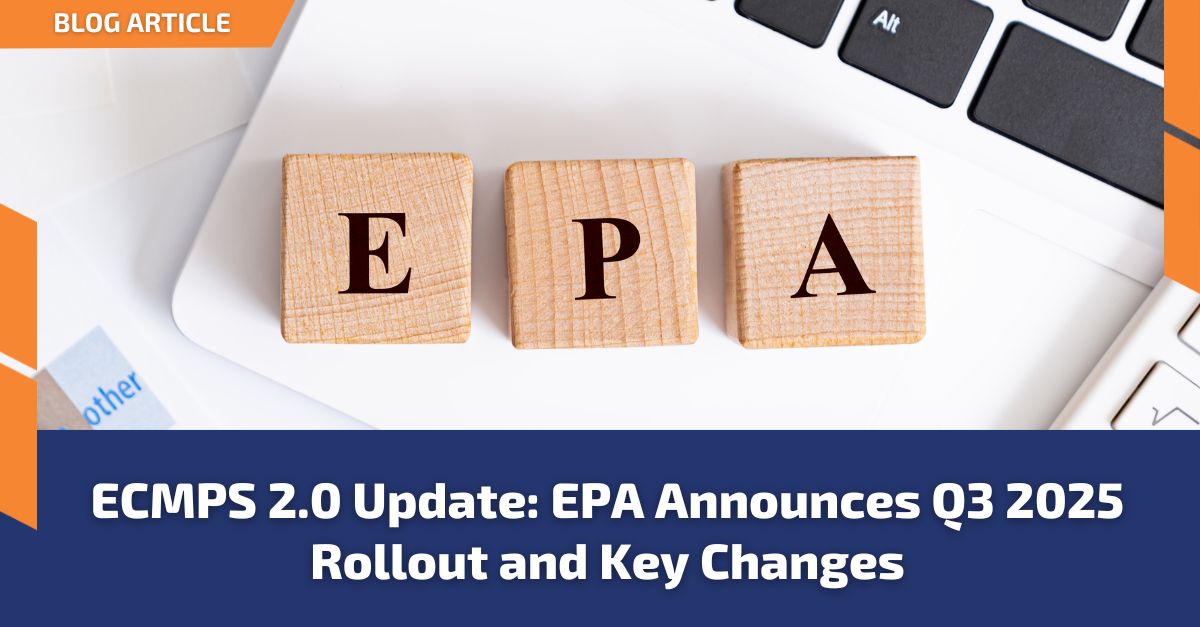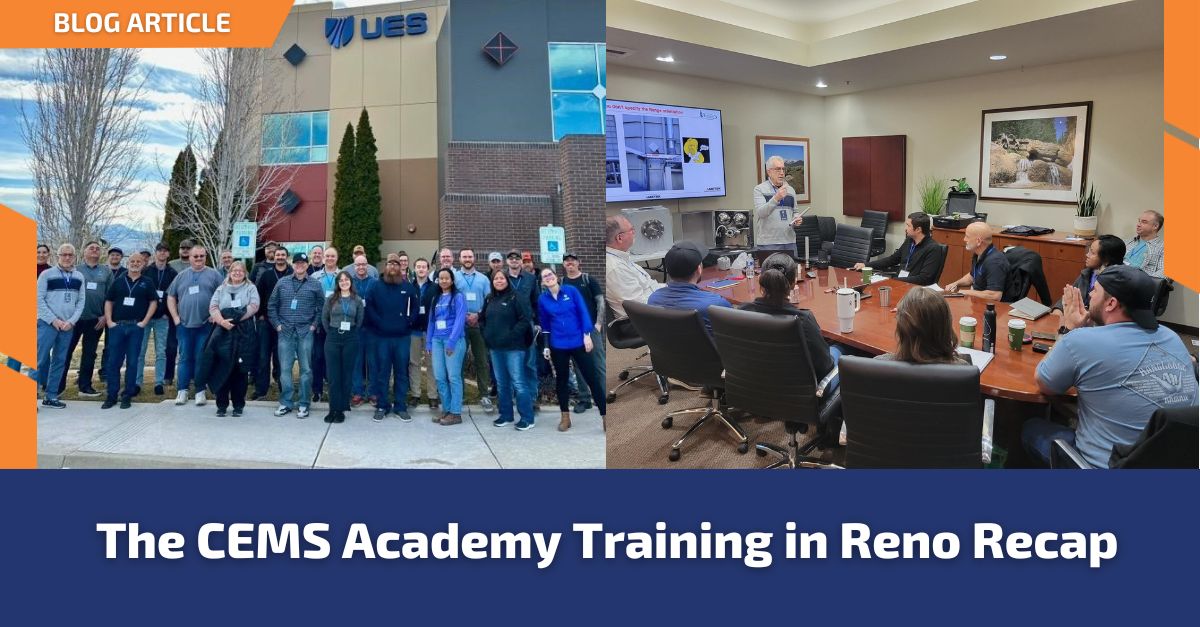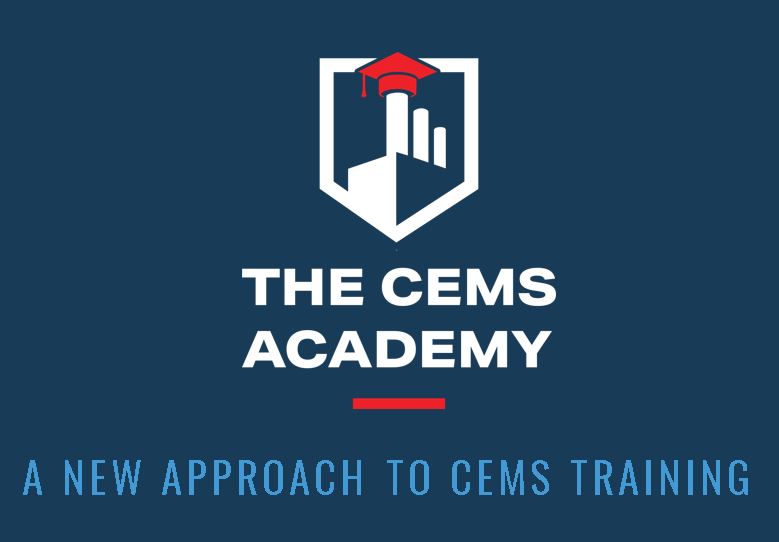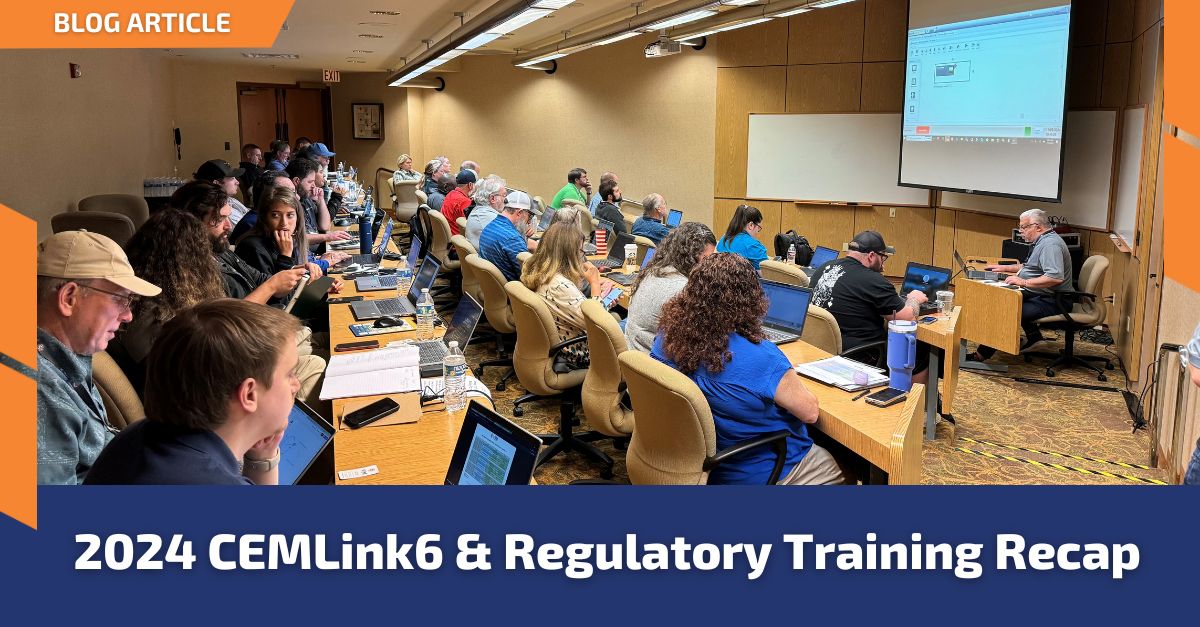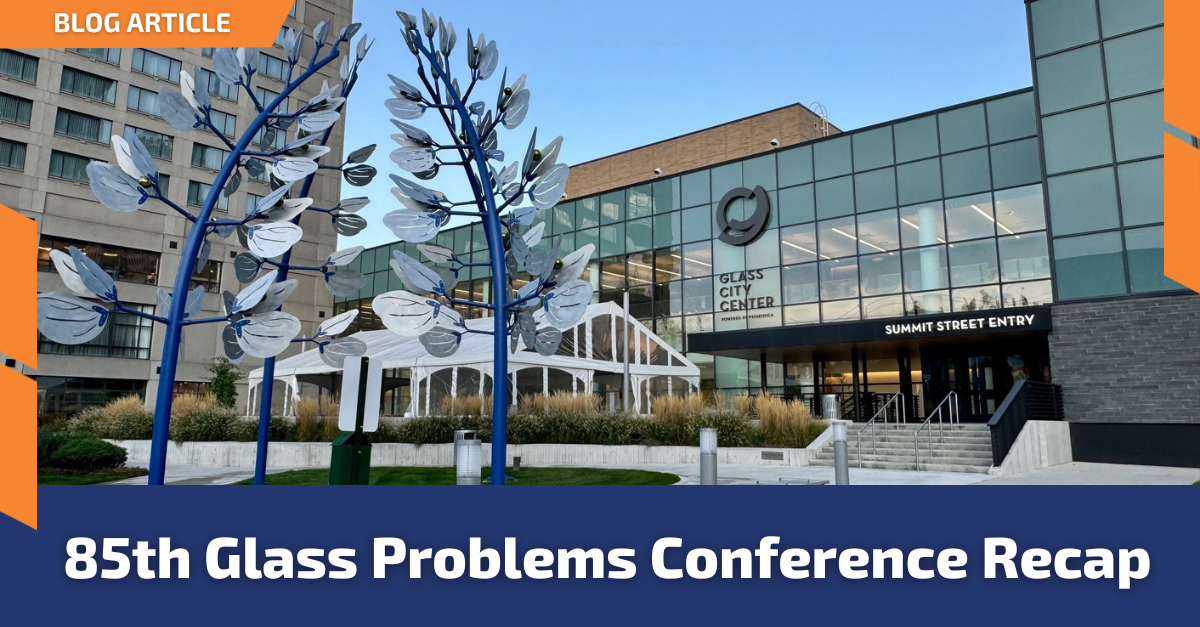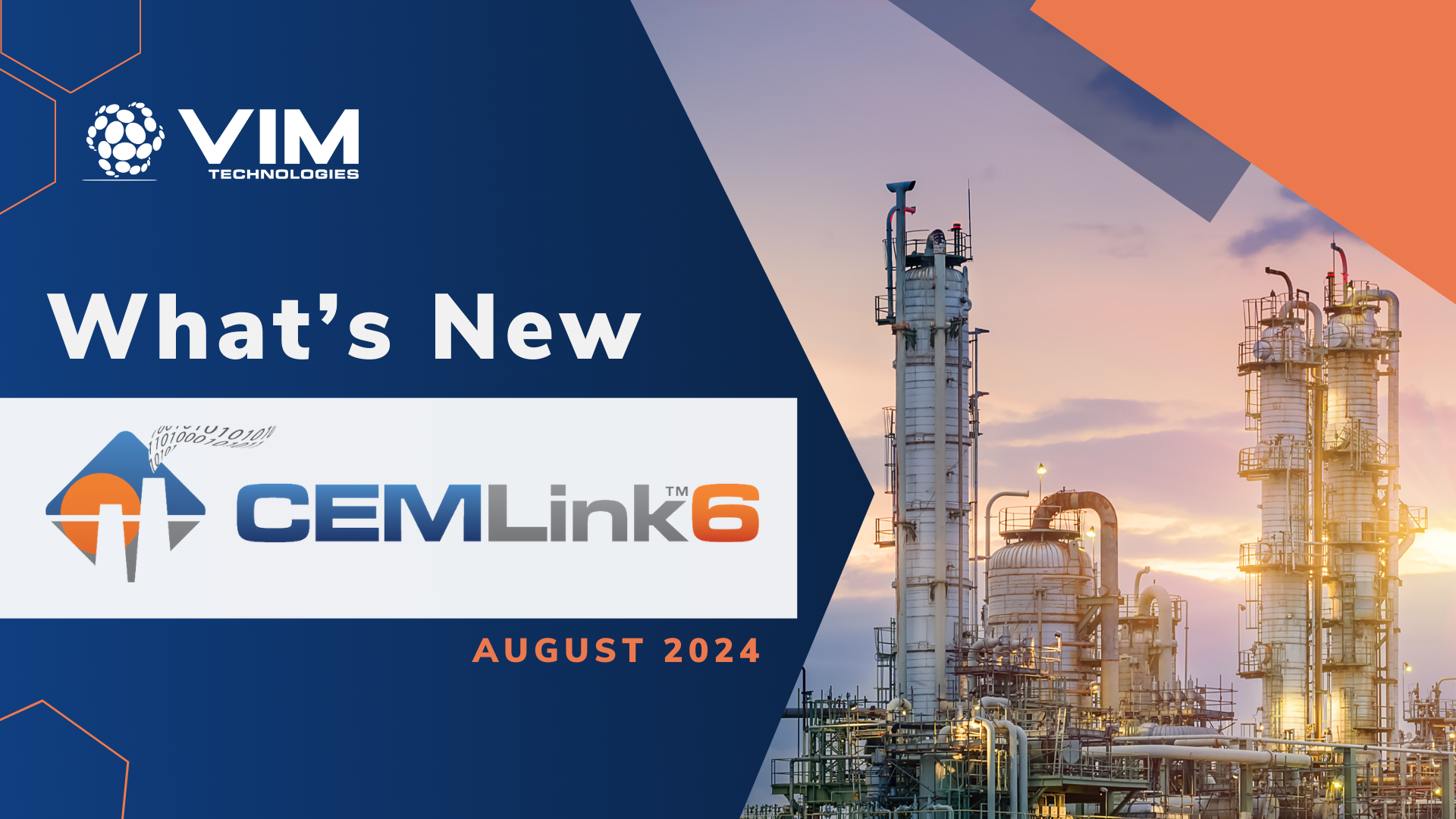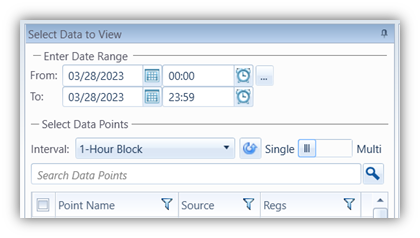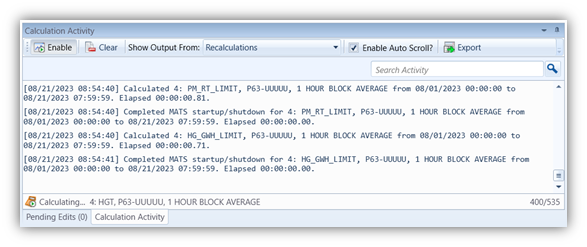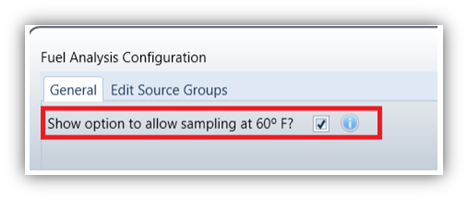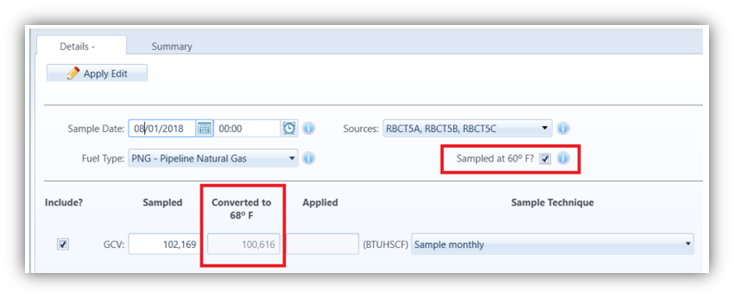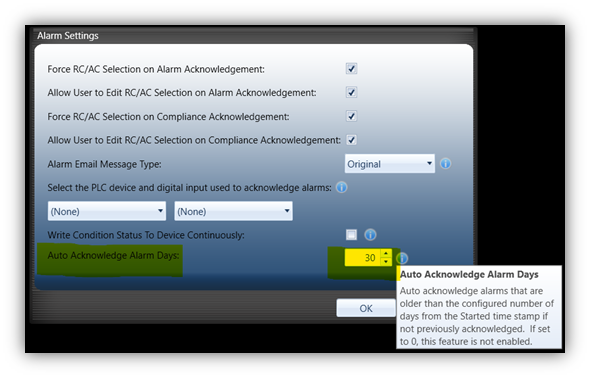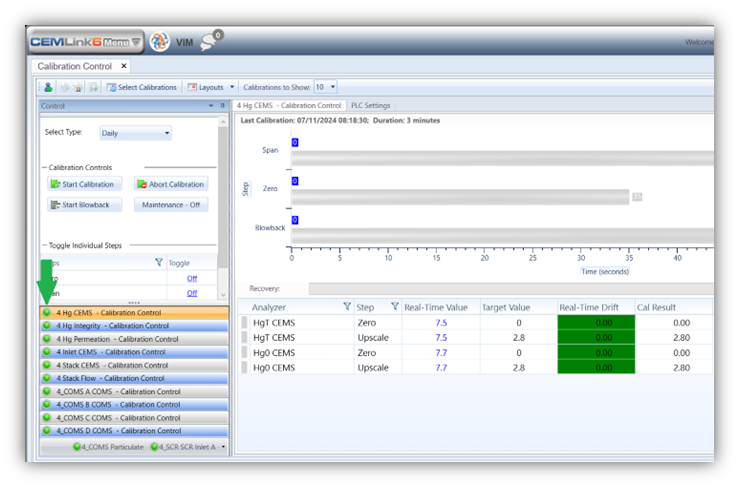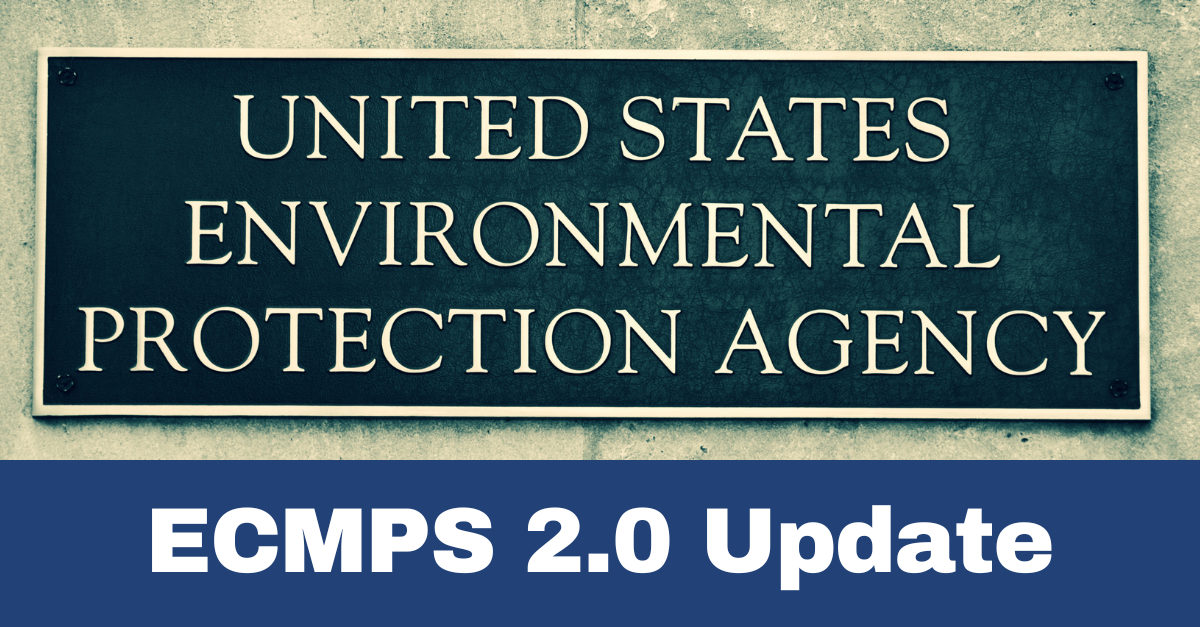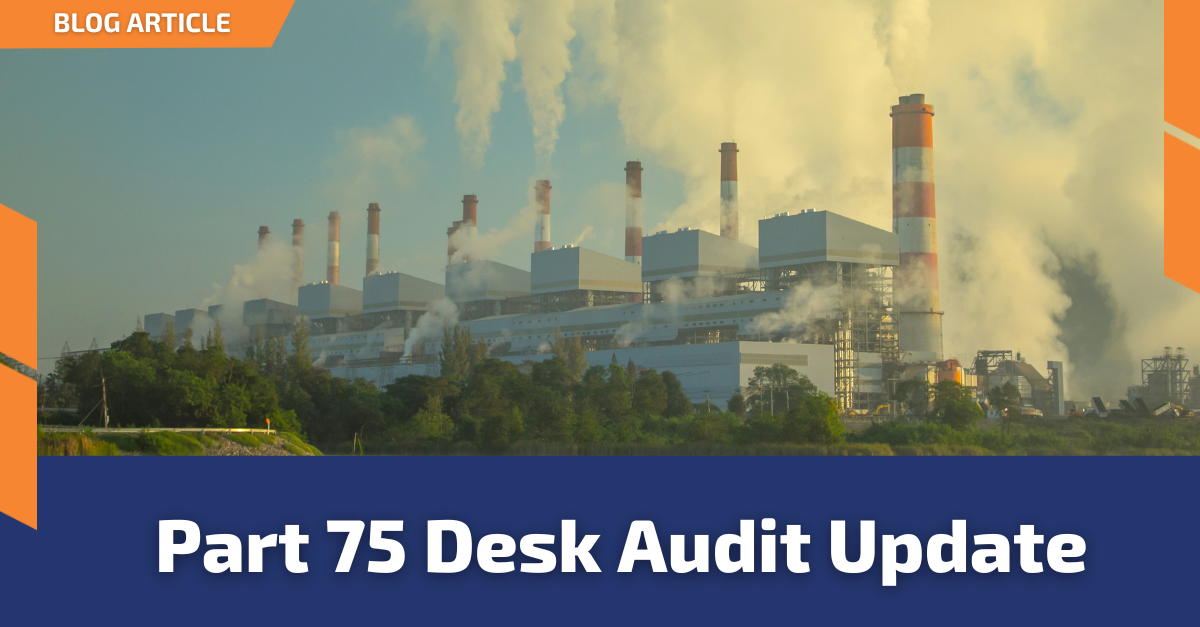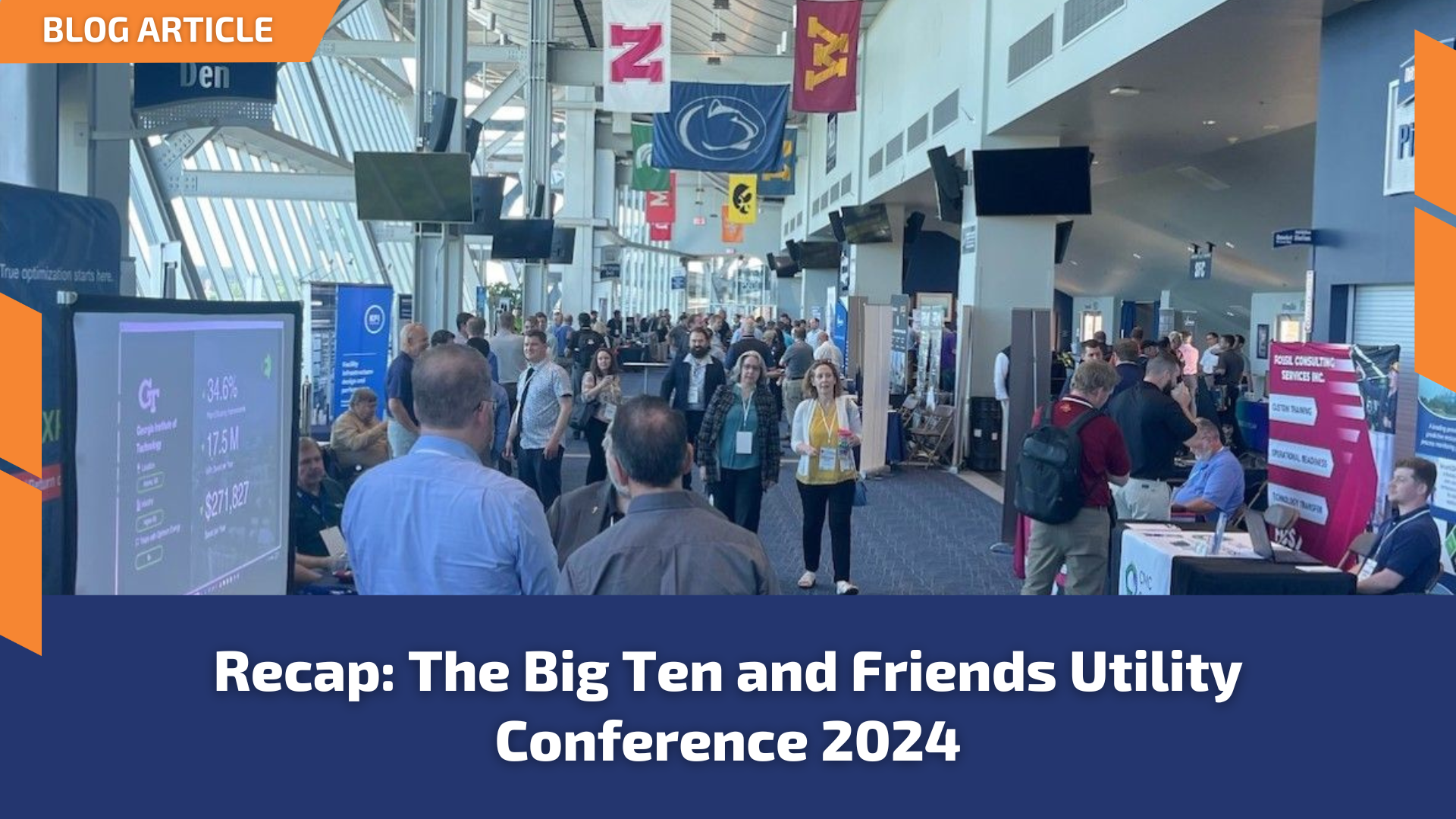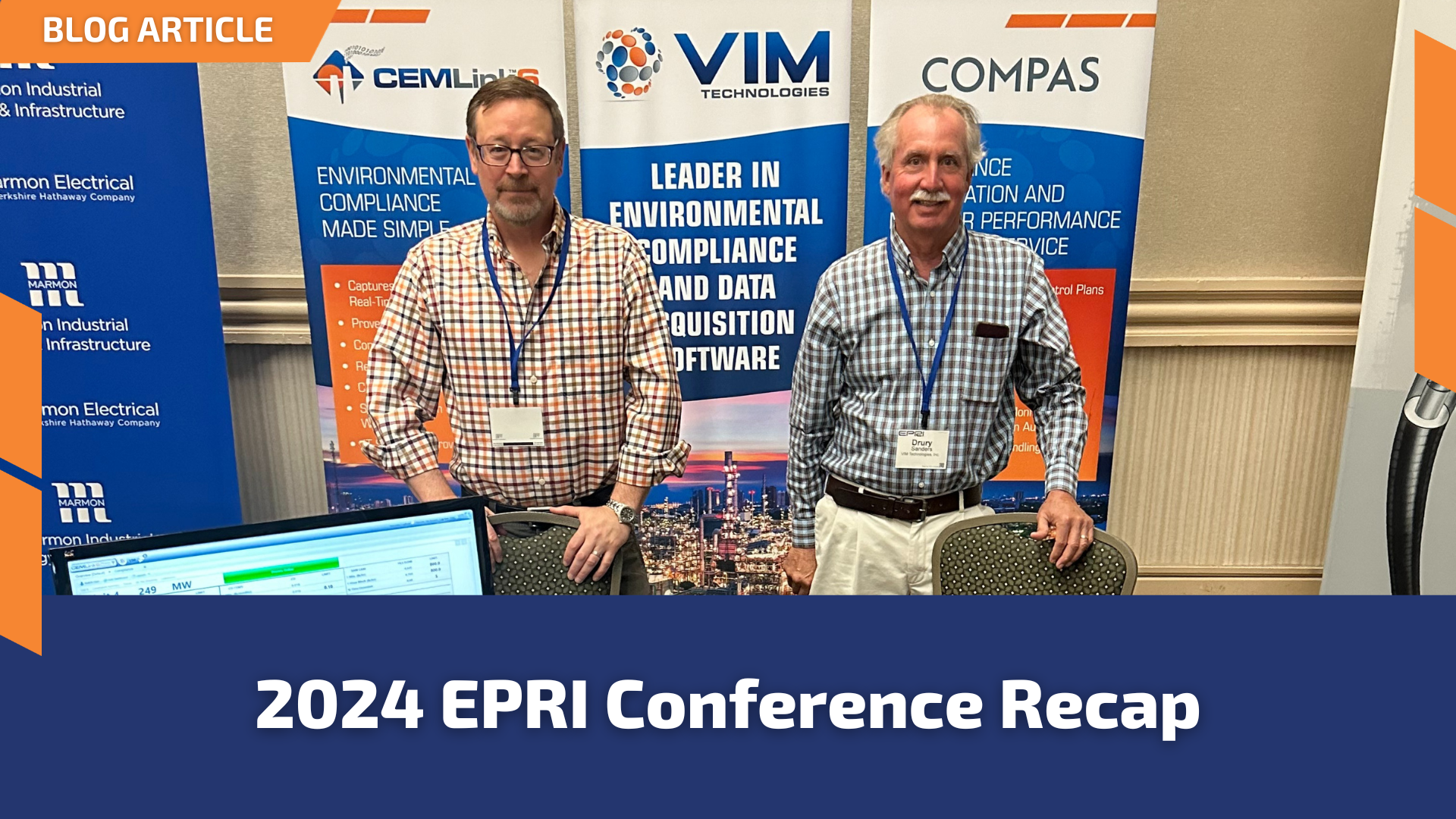On December 20th, 2024, EPA’s Clean Air and Power Division (CAPD) provided a status update on the ECMPS 2.0 re-engineering effort. The blog post can be found here.
Their message addressed the following three (3) key points:
- Copies of the ECMPS 2.0 monitoring plan, quality assurance and emissions reporting instructions were posted.
- They confirmed that the initial rollout of ECMPS 2.0 would NOT contain any new MATS related records.
- ECMPS 2.0 via the new web-based utility has a tentative earliest effective date of Q3 2025.
Now that EPA has brought the ECMPS 2.0 beta system back on-line and penciled in a deadline of 2025 Q3, industry should be prepared to re-engage with the project. There are no plans to run both systems in parallel so the transition will be aggressive when it occurs. DAHS vendors have what we need to prepare industry for reporting. Detailed below are a few things you can do to prepare for the deadline:
- EPA has finished migrating security and login capability for the ECMPS 2.0 beta systems from CAMD Business System (CBS) to Central Data Exchange (CDX) and Login.gov. If you haven’t already familiarized yourself with the CDX and Beta startup guide, we encourage you to do so. To access a copy of the startup guide please click here.
- Reach out to your DAHS vendor to discuss their plans and to schedule an update. Most vendors have been testing in the beta environment since it came back on-line earlier this fall. VIM recently announced to all Part 75 CEMLink customers that an update (Ver. 6.2.620) is available for users who want it to test in the beta environments. We have been encouraging end users to update to familiarize themselves with the new ECMPS 2.0 web-based interface. EPA has been spending time on critical bug fixes rather than usability enhancements, so the look-and-feel of the screens are a bit crude.
- Provide feedback on your experience with the new interface to EPA. Once your set up with the required test accounts (in CDX and CBS), you can provide feedback to EPA via ecmps-beta@camdsupport.com. It’s important that industry acquaint themselves with the new interface and workflow. There are significant changes to Agent designations and EPA has not re-established “Contractor Access” like we have in the current environment. It’s imperative that industry press EPA on this subject because it will pose a significant burden to you as it’s currently architected.
- MATS-affected sources should contact their stack test contractors to ensure that they will continue to provide the applicable required MATS stack test data elements specified in Sections 17 through 30 of Appendix E to the MATS Rule in XML format. EPA will likely continue with the “attachment” approach until there are at least a few years of run-time in the new environment. We don’t expect EPA to re-engage with vendors or industry until at least 2026 to discuss the additional MATS data elements.
VIM will continue to stay abreast of the ECMPS 2.0 developments and update this blog as relevant information becomes available. Please contact our COMPAS group at compas@vimtechnologies.com for more information concerning the ECMPS 2.0 implementation or any questions you may have.
